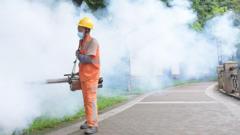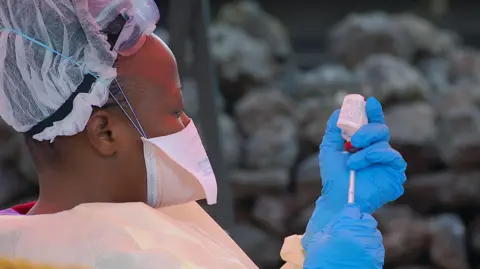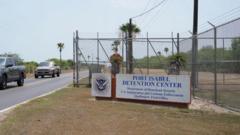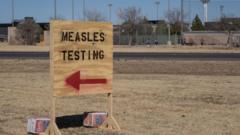The region has reported more than 7,000 cases of this mosquito-borne virus, with Foshan city being the hardest hit. Patients diagnosed with chikungunya must remain hospitalized under strict conditions, protected by mosquito nets, and can only be discharged after a week-long stay or upon returning a negative test result.
Chikungunya is transmitted through the bite of infected mosquitoes, causing high fever and severe joint pain that can persist for years. Although outbreaks are relatively uncommon in China, they frequently occur in regions of South and South East Asia, as well as parts of Africa. In the past week alone, nearly 3,000 cases have been identified across 12 cities in Guangdong, and the first case in Hong Kong—a 12-year-old boy—was linked to travel in Foshan.
Given the general unfamiliarity with chikungunya in China, public reactions have included apprehension. A user on the social media platform Weibo expressed concern over long-lasting symptoms. The Centers for Disease Control and Prevention in the US have also advised travelers to exercise caution in China due to the outbreak.
To combat the virus's spread, officials have demanded residents eliminate stagnant water sources around their homes—common mosquito breeding grounds—and warned of substantial fines for non-compliance. Authorities are also releasing predator mosquitoes and introducing fish that consume mosquito larvae into affected bodies of water. In a high-tech approach, drones are being deployed to locate stagnant water areas.
While some cities previously enforced travel quarantines for visitors from Foshan, those measures have since been rescinded. The extensive precautions have drawn parallels to pandemic-era restrictions, prompting mixed reactions from the public about their necessity.
Chikungunya typically manifests symptoms such as fever, rash, headache, and muscle pain within three to seven days of infection, with most patients recovering in a week. Severe joint pain can persist for months in some cases, particularly among vulnerable populations like infants, the elderly, and individuals with pre-existing health conditions. Although there is no cure, fatalities from chikungunya are rare, with its origins tracing back to Tanzania in 1952. The World Health Organization emphasizes the importance of reducing standing water to prevent further spread of the virus.
Chikungunya is transmitted through the bite of infected mosquitoes, causing high fever and severe joint pain that can persist for years. Although outbreaks are relatively uncommon in China, they frequently occur in regions of South and South East Asia, as well as parts of Africa. In the past week alone, nearly 3,000 cases have been identified across 12 cities in Guangdong, and the first case in Hong Kong—a 12-year-old boy—was linked to travel in Foshan.
Given the general unfamiliarity with chikungunya in China, public reactions have included apprehension. A user on the social media platform Weibo expressed concern over long-lasting symptoms. The Centers for Disease Control and Prevention in the US have also advised travelers to exercise caution in China due to the outbreak.
To combat the virus's spread, officials have demanded residents eliminate stagnant water sources around their homes—common mosquito breeding grounds—and warned of substantial fines for non-compliance. Authorities are also releasing predator mosquitoes and introducing fish that consume mosquito larvae into affected bodies of water. In a high-tech approach, drones are being deployed to locate stagnant water areas.
While some cities previously enforced travel quarantines for visitors from Foshan, those measures have since been rescinded. The extensive precautions have drawn parallels to pandemic-era restrictions, prompting mixed reactions from the public about their necessity.
Chikungunya typically manifests symptoms such as fever, rash, headache, and muscle pain within three to seven days of infection, with most patients recovering in a week. Severe joint pain can persist for months in some cases, particularly among vulnerable populations like infants, the elderly, and individuals with pre-existing health conditions. Although there is no cure, fatalities from chikungunya are rare, with its origins tracing back to Tanzania in 1952. The World Health Organization emphasizes the importance of reducing standing water to prevent further spread of the virus.






















